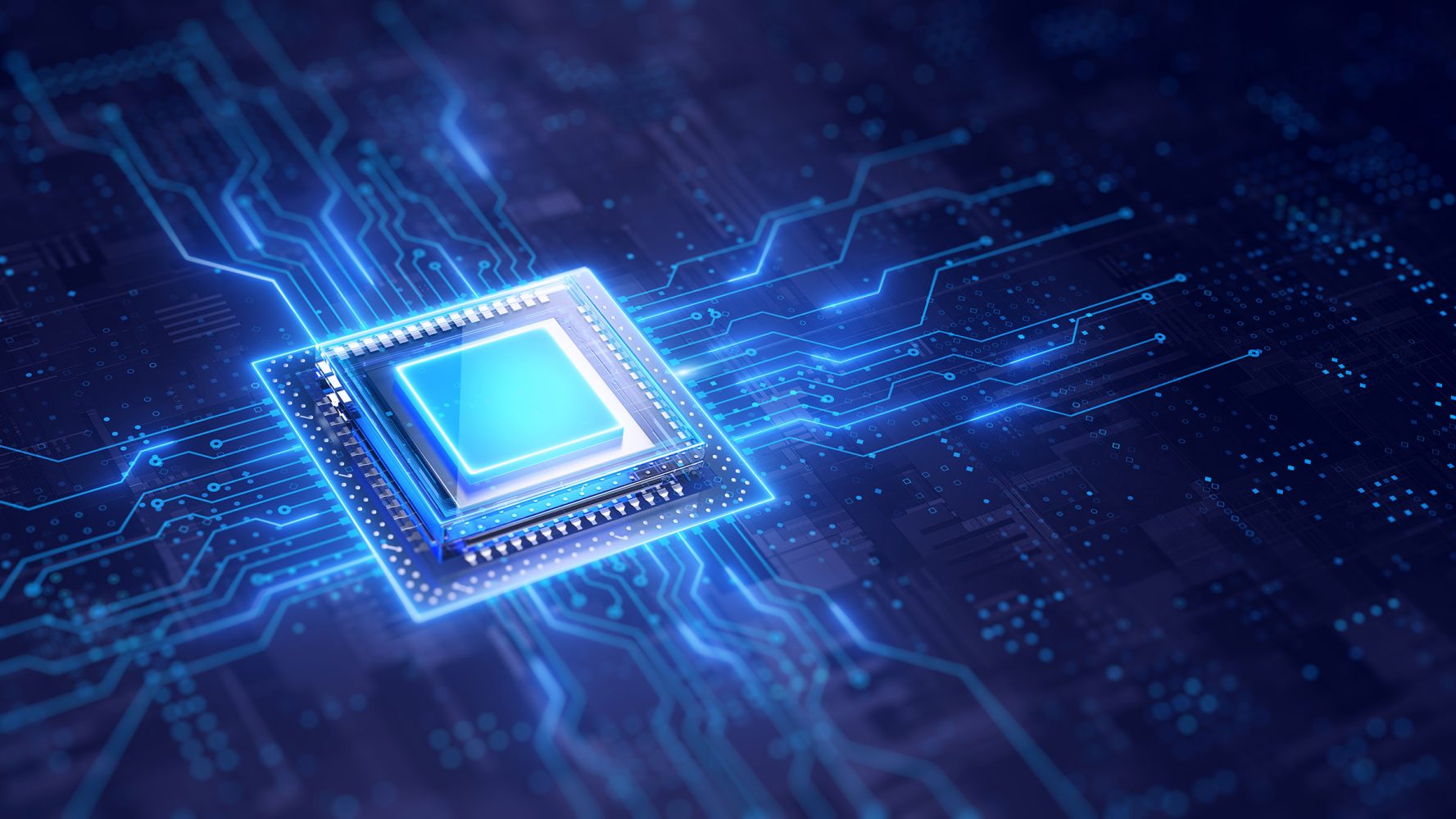The computing world is on the cusp of a transformative leap forward, as researchers at the California Institute of Technology (Caltech) have unveiled an all-optical computer capable of achieving clock speeds exceeding 100 GHz. This new technology has the potential to revolutionize industries requiring real-time data processing and could be the start of a new era in ultrafast computing.
A computer’s clock speed determines how fast it can execute instructions, making it a critical factor for performance. Historically, clock speeds have increased steadily, following Moore’s Law. However, they plateaued around 5 GHz in the early 2000s. Two significant roadblocks have halted further progress, though.
The first is Dennard scaling, which suggested that shrinking transistors would maintain efficiency. However, smaller transistors leak current, causing higher power consumption. Simultaneously, the von Neumann bottleneck limited data transfer speeds between memory and processors.
These challenges have slowed applications demanding ultra-high-speed processing. But that could all change very soon, according to a pre-published study featured on arXiv. Enter the first 100GHz all-optical computer, a design that sidesteps these limitations by using light instead of electricity to power it.
At the heart of this new computer is an optical implementation of a recurrent neural network. The device operates entirely within the optical domain, utilizing laser pulses to process data. One key component is the optical cavity, which acts as a memory and a computational layer. Here, light signals are recirculated and manipulated at astonishing speeds determined by the frequency of the laser pulses.
This architecture allows the all-optical computer to perform tasks like signal classification, time-series prediction, and image generation with unparalleled speed and efficiency. Unlike traditional designs, the optical approach eliminates bottlenecks associated with data transfer and power density.
A computer of this nature could revolutionize high-speed telecoms, ultrafast imaging, and generative AI, especially if combined with the enhanced logic gates some researchers have created. Additionally, autonomous vehicles may rely on this technology for split-second decision-making, further increasing the reliability of autonomous electric vehicles.
Looking ahead, researchers aim to integrate this technology into compact, scalable systems using advanced materials like thin-film lithium niobate. Of course, scaling an all-optical computer capable of 100 GHz speeds to a consumer-friendly level is another factor, and researchers will undoubtedly have their work cut out for them.
But, if they pull it off, we’ll see blazing-fast computers, unlike anything we’ve ever dreamed of.
The post This new, all-optical computer has blistering 100 GHz clock speeds appeared first on BGR.
Today’s Top Deals
Today’s deals: $399 iPad mini, $8 MagSafe chargers, 30% off TurboTax, $188 ergonomic office chair, more
Best Ring Video Doorbell deals
Today’s deals: $20 Amazon credit, $165 AirPods 4 with ANC, $1,300 off LG C4 OLED TV, Roborock sale, more
57 best cheap Apple deals under $100
This new, all-optical computer has blistering 100 GHz clock speeds originally appeared on BGR.com on Mon, 20 Jan 2025 at 18:58:00 EDT. Please see our terms for use of feeds.
